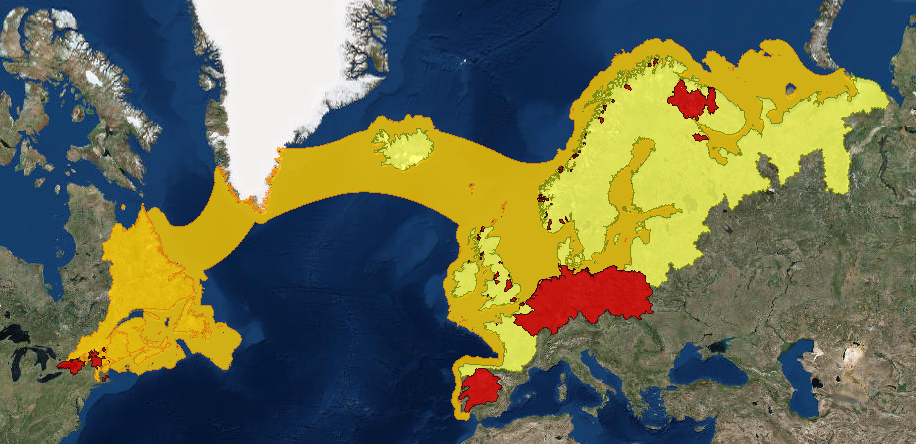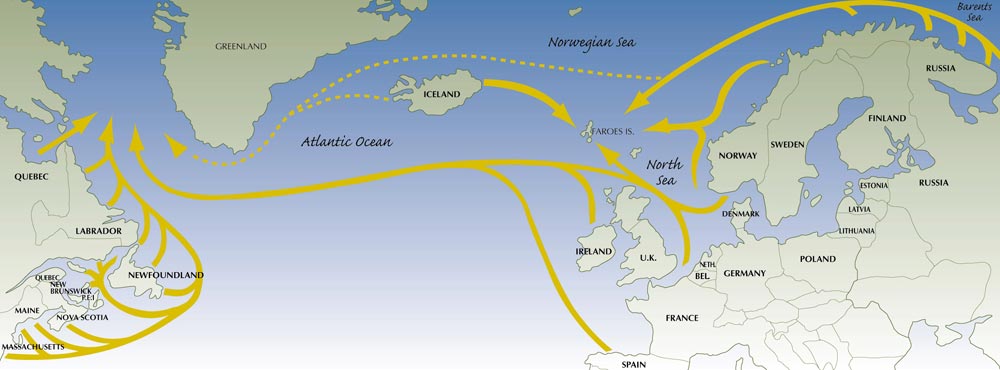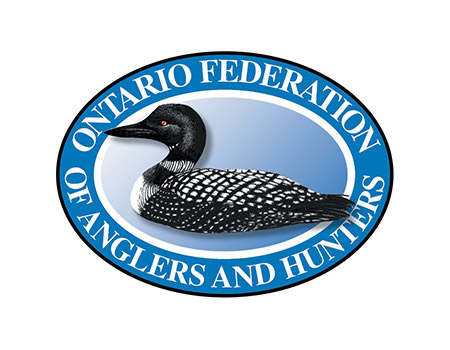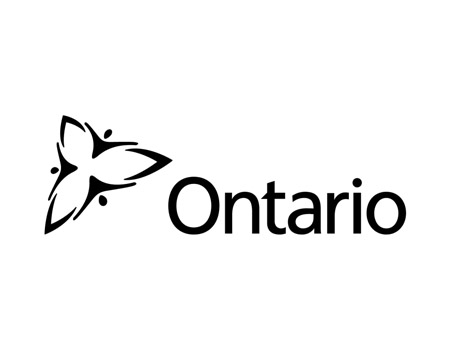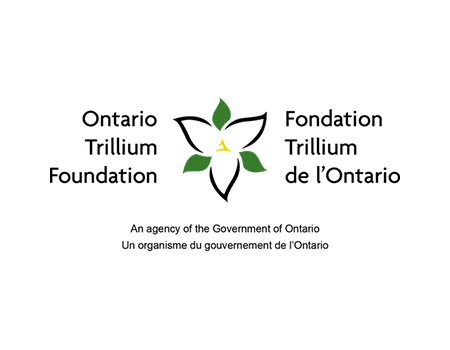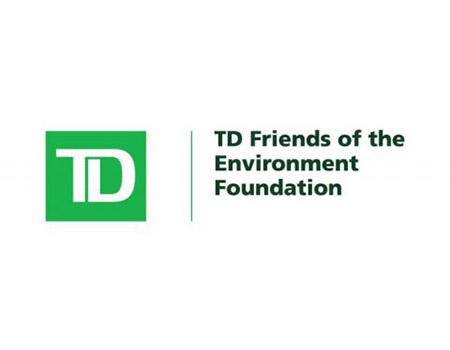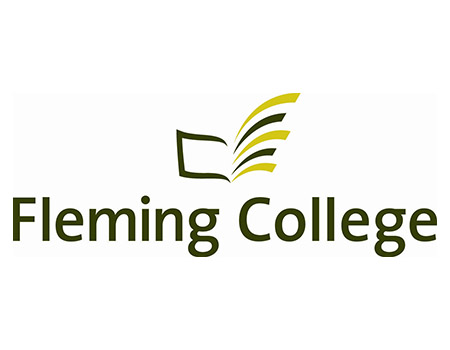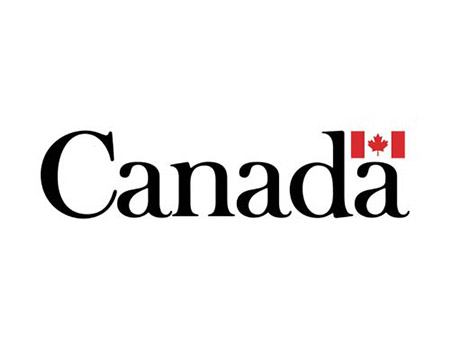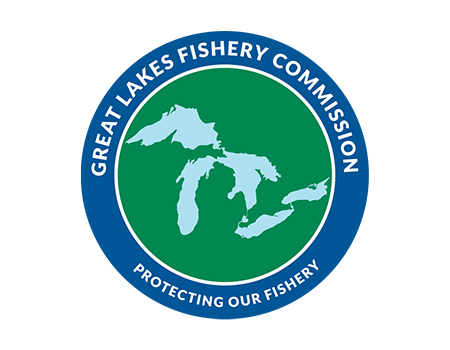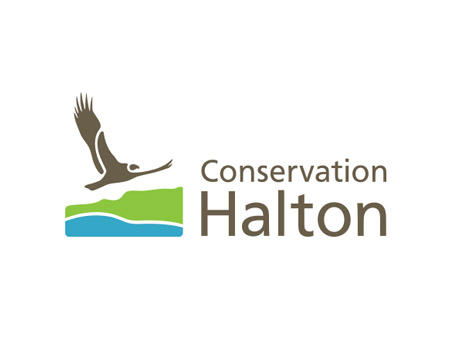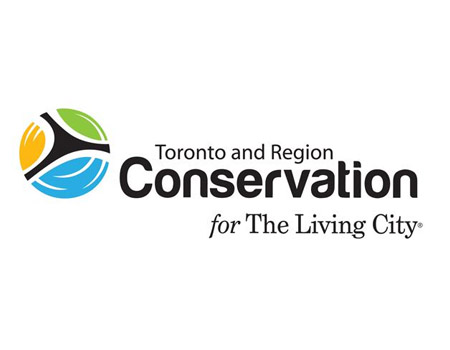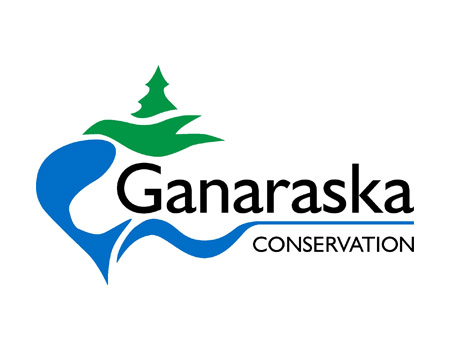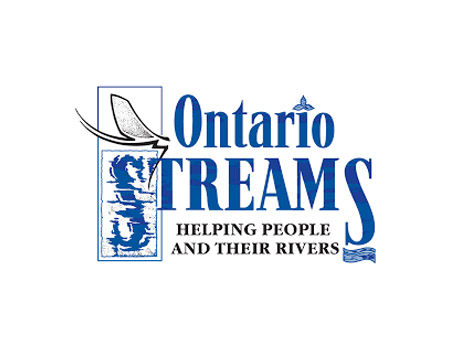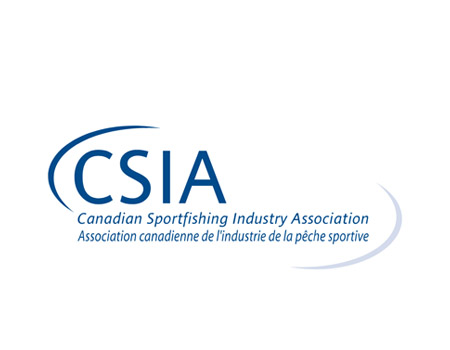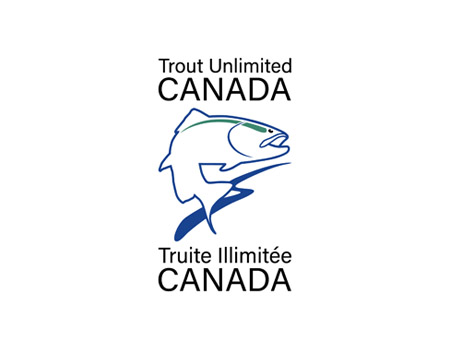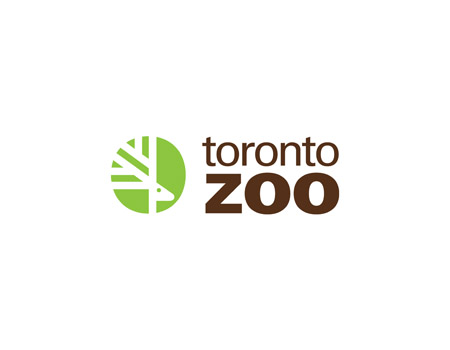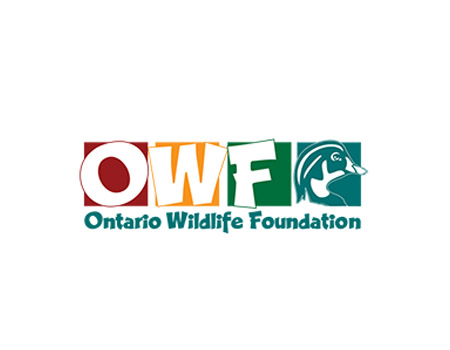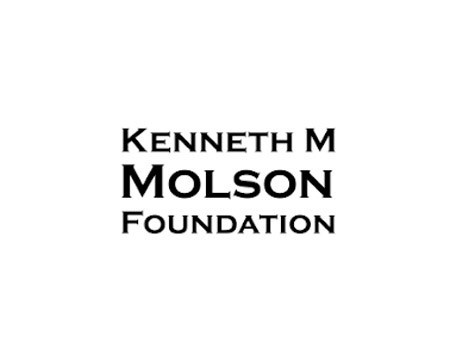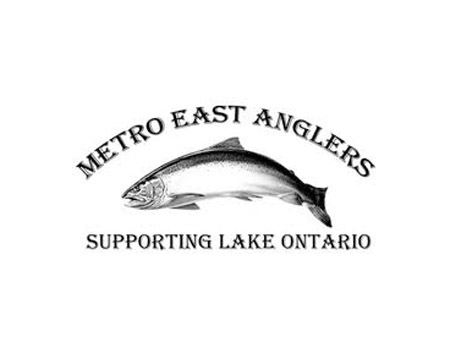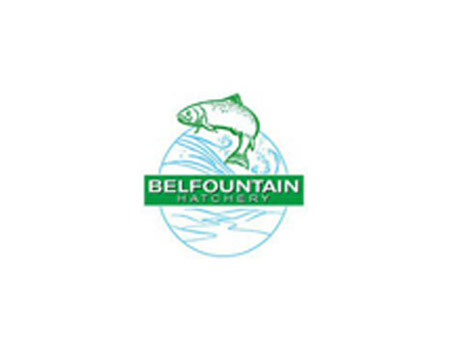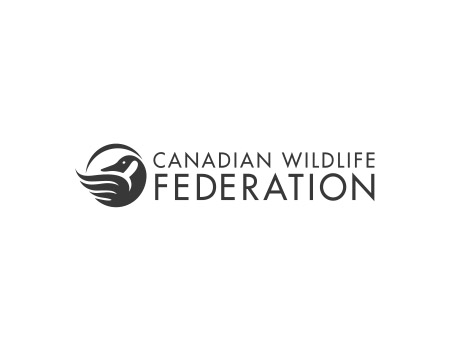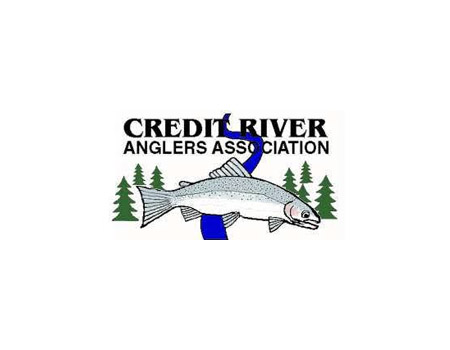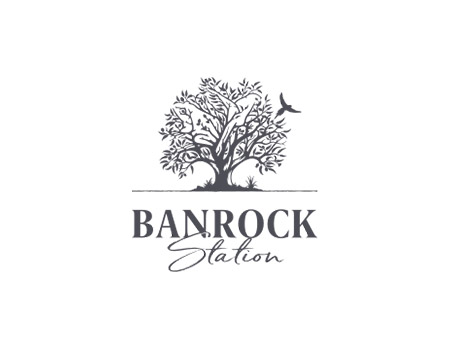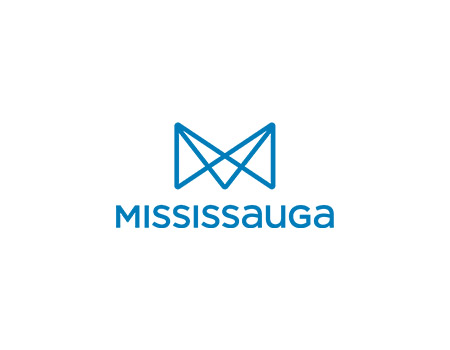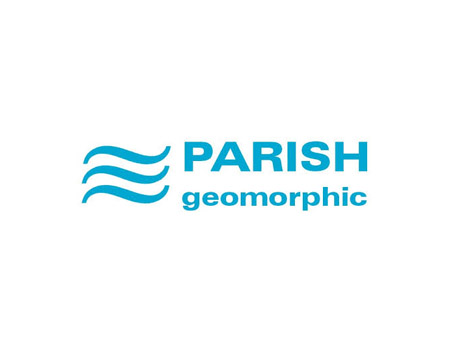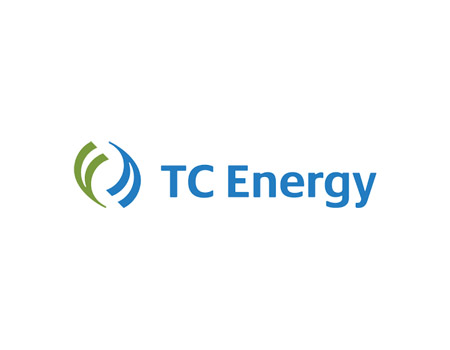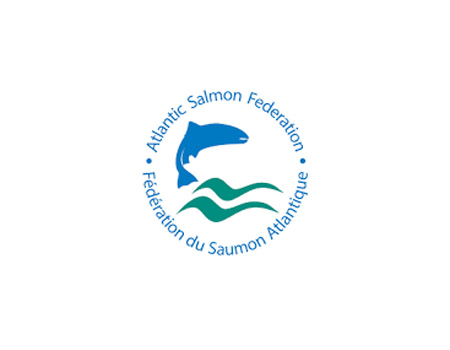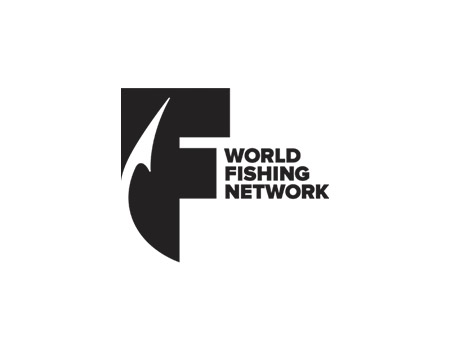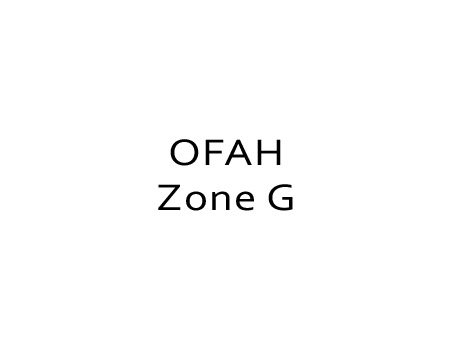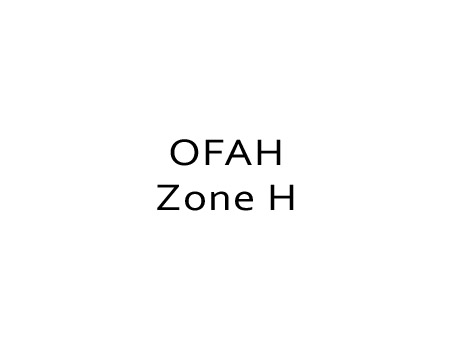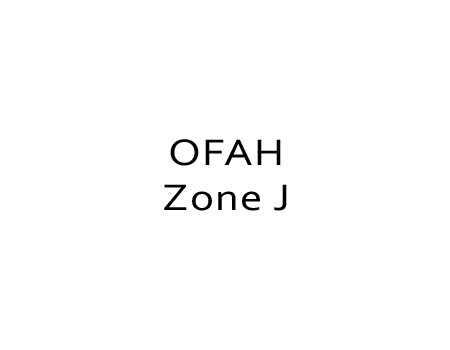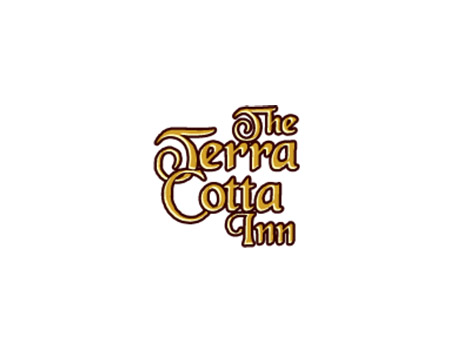Atlantic salmon (Salmo salar) are a large, silvery species of salmon with small black spots over the upper half of their body. Their colour changes to a deep bronze when spawning, but colour can be highly variable, with brown, green, or blue shades possible on the back, and sometimes during spawning reddish spots are seen on the head and body. More details on identifying Atlantic Salmon can be found in the downloadable identification key with drawings illustrating the main differences among brown trout, Atlantic salmon, rainbow trout, chinook salmon, and coho salmon.
Average sizes of 28-30 inches and 8-12 pounds were probably typical in the historical population of Lake Ontario. A 35 inch, 24.3 pound fish caught in 1989 is the Ontario record for the species, and came from New York’s put-grow-take program for Atlantic Salmon. Old records suggest fish up to almost 45 pounds were occasionally caught.
Most Atlantic salmon populations are sea-running, spawning in the fall in freshwater rivers. Young Atlantic salmon spend two or more years in the river before migrating to the sea to grow to adulthood. Other populations, including Lake Ontario’s former population, are fully or partially landlocked, living as adults in freshwater lakes and spawning in the lakes’ tributaries. Historically, 40 tributaries in Lake Ontario supported runs of Atlantic salmon. Unlike many other salmon species, Atlantic salmon survive spawning and return to the lake/ocean until the next spawning season. Similar to other salmon, Atlantic salmon return home to the river where they themselves hatched.
When they existed in Lake Ontario, adult Atlantic salmon were top predators in the lake, along with lake trout. They fed primarily upon lake herring, and probably slimy sculpins; we anticipate they will also feed upon alewife and rainbow smelt in the current Lake Ontario ecosystem. Before reaching maturity, Atlantic salmon feed upon invertebrates as well as fish.
Sea-running Atlantic salmon are found from the Arctic Circle to Portugal, from northern Quebec and the northeastern coast of North America to Iceland, Greenland, and northern Europe, anywhere there is a tributary leading to the North Atlantic Ocean and Baltic Sea. North American landlocked populations are found in Newfoundland and Labrador, Quebec, Michigan, Vermont and Maine. A stocked population exists in Trout Lake, Ontario.
The Atlantic salmon of Lake Ontario were the only native population of the species in Ontario. The story of their original relationship with humans and how they were extirpated (became locally extinct) continues in the Early History of Atlantic Salmon in Ontario.
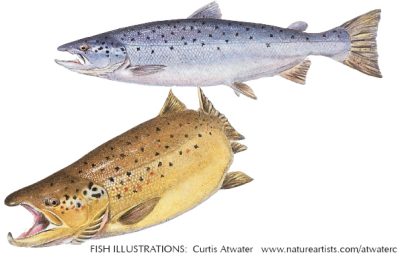
Range for Atlantic Salmon
Red = extirpated population (locally extinct)
Dark yellow = extant (existing)
Light yellow = probably extant.
Bring Back the Salmon Newsletter
Program Partners and Supporters
Contact Us
1-800-263-OFAH (6324) ext. 237
PO Box 2800
Peterborough, Ontario
K9J 8L5

